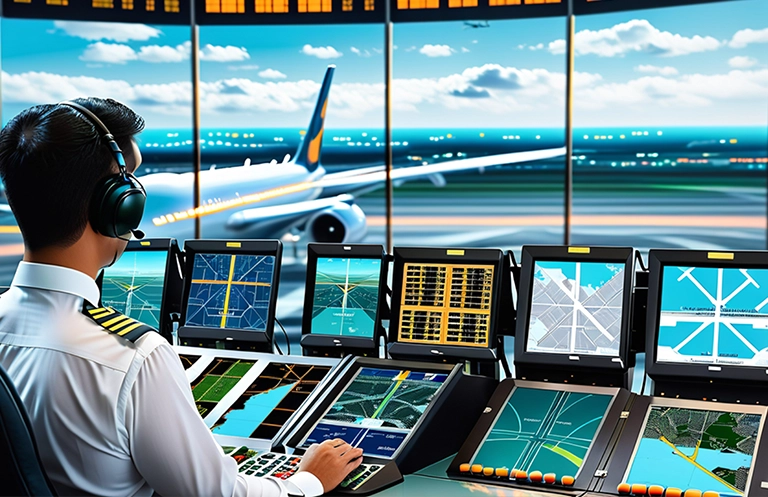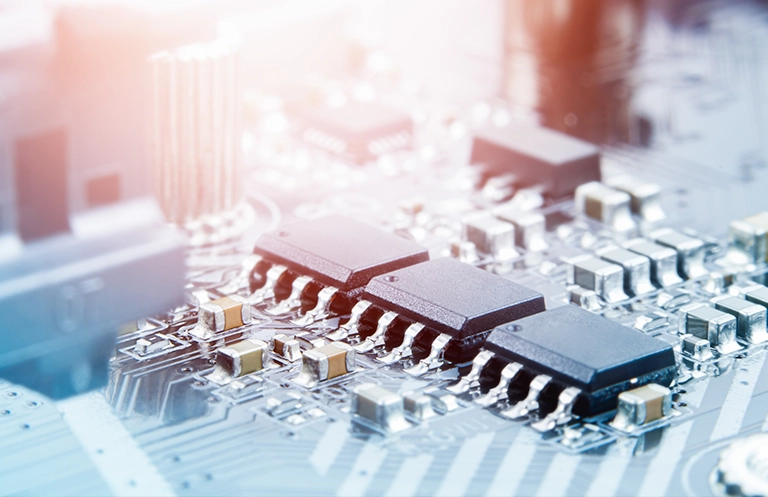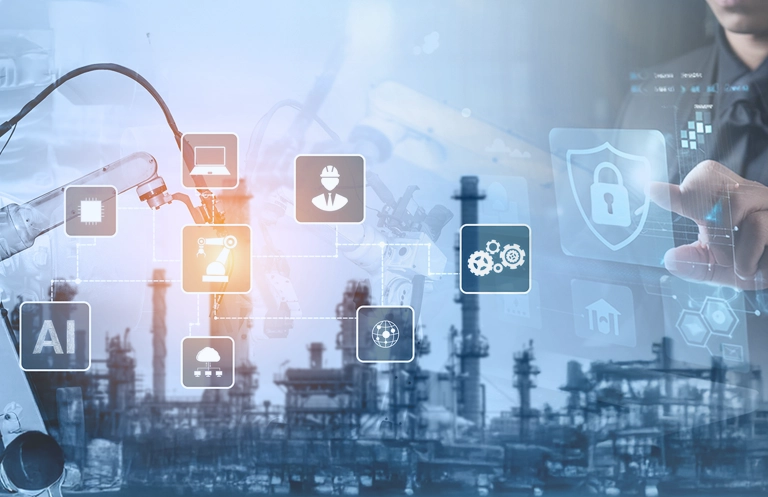The entire automotive industry is looking forward to autonomous vehicles and assisted technologies. Automotive companies are coming up with innovative technologies in Advanced Driver Assistance Systems, using new and affordable sensors. For inclusive vehicle safety solutions, ADAS systems cannot be dependent on just vision and RADAR based systems; they require more efficient systems capable of providing highly accurate data for improved driver assistance.
Whereas vision and RADAR-based sensors are capable of providing a high level of automation to vehicles, the conception of a fully automated self-driving vehicle is impossible without LIDAR-based sensors. Self-driving cars equipped with LIDAR sensors offer complete automation under all driving modes. LIDAR-based ADAS systems along with vision and RADAR-based sensors take complete control over the vehicle, managing the speed and steering control, thereby providing a remarkably safe driving experience.
This blog discusses LIDAR-based ADAS systems, and the advantages these systems have over vision and RADAR-based sensors. It also explores the applications of LIDAR in automotive ADAS systems.
LiDAR is an important technology for autonomous cars to sense distance. Many vendors are working on creating affordable, portable LiDAR systems. Instead of using radio waves, LiDAR uses a laser-based light beam to illuminate a target and analyze the reflected signal. This creates a 3D Point Cloud, which is a collection of small points in 3D space. It is an essential technology for autonomous driving.
Interesting LiDAR Applications:
LiDAR is a valuable technology for several industries, from autonomous vehicles to surveying. Below are seven interesting applications of LiDAR:
Autonomous Vehicles: LiDAR provides a longer-range alternative to cameras that enables self-driving cars to navigate in challenging weather conditions and collect significant data about road markings, pedestrians, etc.
Aerial Inspection: Drones equipped with LiDAR help inspect hard-to-reach assets like power lines and civil infrastructure, reducing maintenance costs and ensuring safety in the skies.
Precision Agriculture: With LiDAR, AgriTech companies can optimize water, fertilizer, and herbicide usage. It’s indeed revolutionizing farming practices and sustainable food production!
Forestry and Land Management: LiDAR accurately measures the density and vertical structures of forests, helping in environmental impact assessment, land management, and even planning for fire prevention.
Survey and Mapping: LiDAR creates detailed maps and elevation models. This makes it an invaluable tool for civil and commercial surveying applications.
Renewable Energy: LiDAR is shaping a greener future! By identifying optimal solar panel positioning and calculating wind direction and speed, LiDAR helps maximize energy generation from solar and wind sources.
Robotics: LiDAR equips robots with mapping and navigation capabilities, enabling them to understand their surroundings and interact safely with the environment.
What are automotive LIDAR systems?
LIDAR stands for light imaging, detection and ranging. LIDAR sensors emit invisible laser lights to scan and detect objects in the near or far vicinity of the sensors and create a 3D map of the objects and surroundings on the display screen.
In automotive applications of the LIDAR technology, most of the LIDAR sensors are installed on the top of the vehicle. LIDAR Sensors continuously rotate and generate thousands of laser pulses per second. These high-speed laser beams from LIDAR are continuously emitted in the 360-degree surroundings of the vehicle and are reflected by the objects in the way. With use of complex machine learning algorithms, the data received through this activity is converted into real-time 3D graphics, which are often displayed as 3D images or 3D maps of the surrounding objects.
Types of LIDAR sensors
Automotive LIDAR sensors can be classified in two categories on the basis of the technology in use:
1. Electro-Mechanical LIDAR
Electromechanical LIDARs are traditional LIDAR systems, which can be considered as first generation LIDAR sensors for automotive applications. These mechanical spinning LIDAR system sensors are assembled from multiple moving parts, which are arranged to produce and emit an array of laser beams towards the targeted area. Electromechanical LIDARs are quite bulky, very expensive and prone to wear and tear in tough terrain. They are installed on the top of the vehicle and continuously rotate to scan the surroundings of the vehicle and typically cover a long range.
2. Solid State LIDAR
Unlike traditional electro-mechanical LIDARs, solid state LIDARs are built entirely on a single chip. All the components of the LIDAR systems like emitter, receiver and processors are integrated on the single chip of the solid state LIDAR. Being on microchips, solid state LIDARs are compact in size. Also, they are not visible upon installation, light in weight and cost efficient. Since there are no moving parts in these LIDAR systems, they are fixed in rear, front and sides of the vehicle.
Solid state LIDARs have optical emitters, which send a burst of laser photons without having to adjust the direction of the transmitters. The light, emitted in specific patterns, collides with the objects in the way and bounces back to the system’s receiver. The processor in the LIDAR system fetches this data constantly and produces a real time 3D map of the vehicle’s surroundings.
Solid state LIDAR is the future of LIDAR based ADAS systems as it is highly durable, reliable, affordable and commercially viable.
How LIDAR complements Vision and RADAR based ADAS systems
For levels 4 and 5 of vehicle automation, automotive companies have to rely on all the three types of ADAS sensors, i.e. Vision, RADAR and LIADR-based sensors. All the three sensor modules complement each other to provide complete driver assistance.
Whereas vision-based systems assist in high visibility conditions, helping by providing parking assistance, recognizing traffic signs, identifying road markings and more, RADAR-based systems perform in low visibility conditions, covering a relatively longer range.
When it comes to sensing the vehicle’s surroundings with a 360-degree field of view, LIDAR-based systems are highly accurate in object detection and recognition of 3D shapes, even for longer distances (100-200 meters). LIDAR system’s 3D mapping capability also helps in differentiating between cars, pedestrians, trees, people, or other objects, while also calculating and sharing details of their velocity in real time.
eInfochips as Automotive Engineering Services and Solutions provider assists automotive companies to design and develop ADAS systems through vision, RADAR and LIDAR-based sensors. To know more about eInfochips’ capabilities in automotive and ADAS solutions, please get in touch with us.














